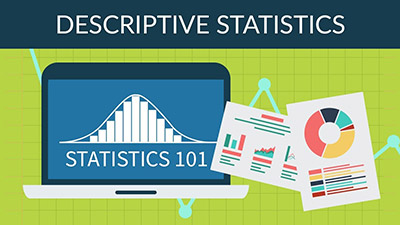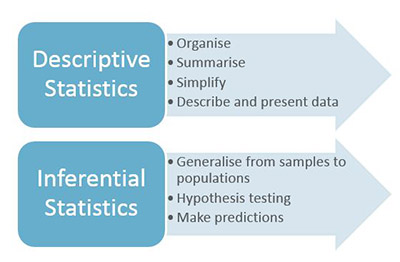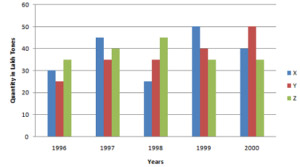In case you are new to statistics, you need to understand that descriptive statistics is a very important branch. After all, it will give you a great general overview of the trends of your data including the mean, mode, median, range, variance, standard deviation, among others.

Why You Need To Use Descriptive Statistics
As we already mentioned above, descriptive statistics is very important. This is because it allows you to summarize a large amount of data in an easy way. Let’s imagine that you have access to the incomes of North Americans. It wouldn’t be possible to go through all these documents one by one. And even if it was, you were simply reading it; you wouldn’t be withdrawing any information about them. This is why statisticians and researchers use descriptive statistics since this tool allows them to get this huge amount of data and simply summarize it. So, you would be able to get the median income, the average wage, among other information.
The Difference Between Descriptive Statistics And Inferential Statistics

While you may have never heard about descriptive statistics before, it became a lot easier to understand since we told you that includes different calculations such as the mean, for example. However, there is another important branch in statistics that you should also pay attention to – inferential statistics. So, what is the difference between the two?
Finally discover how to calculate the z score.
As we already stated above, descriptive statistics is a way to describe and summarize a large amount of data, When you are using descriptive statistics, you will be simply describing the data. You will describe the trend, a certain statistic such as the median or the mean, or a specific feature. On the other hand, inferential statistics is the branch of statistics that uses data to make predictions.
Let’s see a more practical example so that you can fully understand the difference between descriptive statistics and inferential statistics. Let’s assume that you are looking at the statistics from a specific college. Some of the descriptive statistics that you would see could include aspects such as:
- the racial makeup of students
- the median income of parents
- the average SAT score for freshmen
- the average of students who work in part-time
As you can see, none of this information will say why this data may exist or what the trend will be in the future. These are simple conclusions that you can take by looking at the data at your disposal.
Don’t know how to interpret the z score?
So, in case you would like to use this same data to do inferential statistics, in this case, you could do that. Since inferential statistics allow you to make predictions of future trends and behavior, you could use this data as a sample and apply it to all the colleges in the country or in your state, for example.
Charts, Graphs, And Plots

There’s no question that one of the easiest ways that we have to see data ad its summary is by using charts, graphs, and plots. And this is exactly what you should do in descriptive statistics.
Discover how to use descriptive analysis in finance.
We have to say that there are dozens of different charts and graphs that you can use to show your data. However, the choice may be somewhat difficult since some tend to be better to represent specific data. This means that you shouldn’t pick a chart or a graph just because you like it or because it will look good. You need to ensure that you choose one based on the data that you have and on what you want to display. Here are some examples:

- If you are trying to display a relationship between data in categories, one of the best options that you have is a bar graph.
- If you want to show how the different categories of your data relate to the entire set, you should pick a pie chart.
- In case you are looking to display data points, then you should consider using scatter plots.
